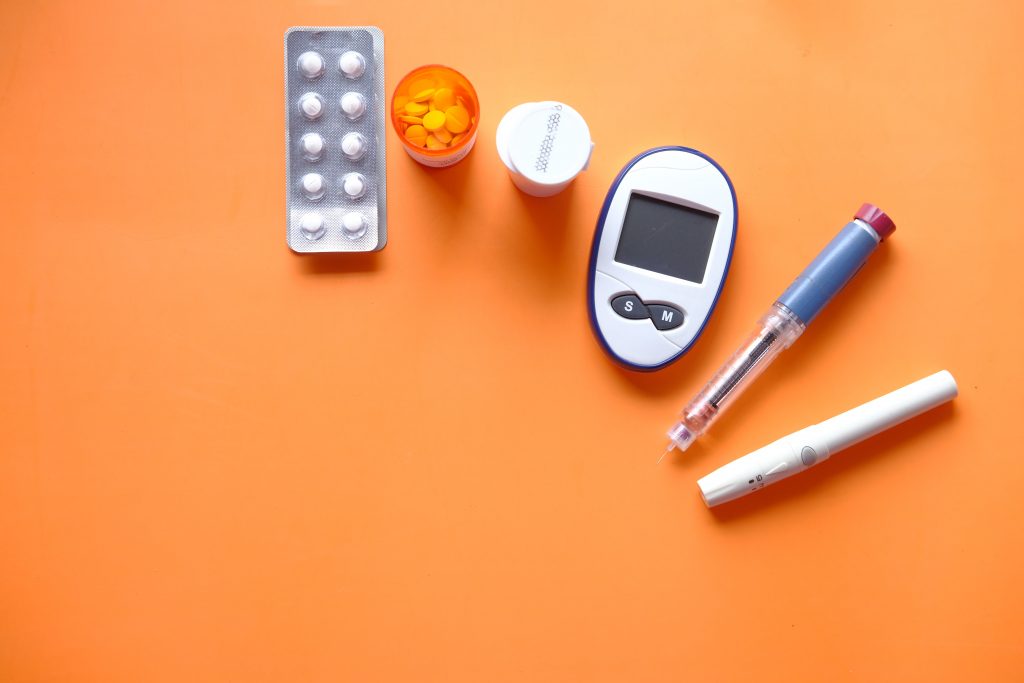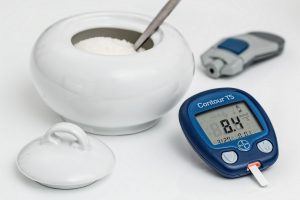
World Diabetes Day (WDD), celebrated on November 14, commemorates the birthday of Sir Frederick Banting, the individual credited with the discovery of insulin in Toronto in 1922. Initiated in 1991 by the International Diabetes Federation, with backing from the World Health Organization (WHO), this global event emerged in response to increasing apprehensions about the escalating health and economic challenges posed by diabetes.
World Diabetes Day is the world’s largest diabetes awareness campaign reaching a global audience of over one billion people in more than 160 countries. The campaign draws attention to issues of paramount importance to the diabetes world and keeps diabetes firmly in the public and political spotlight.
The campaign adopted a blue circle logo in 2007, following the passage of the UN Resolution on diabetes. This distinctive blue circle has become the global symbol for diabetes awareness, representing the unity of the global diabetes community in response to the diabetes epidemic.
Each year, the World Diabetes Day campaign centres around a dedicated theme that spans one or more years. The theme for World Diabetes Day 2021-23 is Access to Diabetes Care.
World Diabetes Day aims to promote awareness among people at risk of type 2 diabetes, to support prevention, early diagnosis, and timely treatment.
As such in 2023, the campaign concentrates on the importance of knowing your risk of type 2 diabetes. Likewise, it focuses on preventing the condition; highlighting the impact of diabetes-related complications and the importance of having access to the right information and care to ensure timely treatment and management.
In many cases, type 2 diabetes and its complications can be delayed or prevented by adopting and maintaining healthy habits. According to the International Diabetes Federation (IDF) Diabetes Atlas, 537 million adults (1 in 10) are living with diabetes in 2021. And this number is expected to rise to 783 million by 2045.
Healthy food choices

The key to any illness lies in what you consume daily. One key aspect we take for granted is water. Water is crucial for sustaining life, and everyone needs to increase their water intake. After drinking an adequate amount of water, it is recommended to consume coffee or tea instead of fruit juice, soda, or other beverages that are high in added sugars.
In addition to staying hydrated, it is advised to incorporate at least three servings of vegetables into your daily diet. This should include green leafy vegetables, as they provide numerous health benefits. Additionally, aim to have up to three servings of fresh fruit every day.
The main objective is to maintain a balanced diet and minimize the consumption of packaged and preserved foods.
When it comes to snacking, it is recommended to choose healthier options such as nuts, a piece of fresh fruit, or unsweetened yoghurt. These choices provide essential nutrients without adding excessive sugar or unhealthy fats.
Another important message is to limit alcohol consumption to a maximum of one standard drink per day. The World Health Organization (WHO) stated in 2022 that no amount of alcohol is beneficial for overall health, so complete abstinence is even more beneficial.
It is crucial to note that diabetes is considered a significant risk factor for heart attacks and strokes. Therefore, it is strongly advised to avoid consuming tobacco in any form. Tobacco use significantly increases the risk of developing these health issues.
By following these guidelines, you can promote a healthier lifestyle and reduce the risk of various health problems.

When it comes to meat choices, it is advisable to opt for lean cuts of white meat, poultry, or seafood rather than red or processed meat. Additionally, it is preferable to consume meat that has been smoked, grilled, or steamed, as opposed to fried or prepared in oily curries.
Making the switch to unsaturated fats, such as olive oil, canola oil, corn oil, or sunflower oil, is always beneficial. These healthier alternatives are preferable to saturated fats found in butter, ghee, animal fat, coconut oil, or palm oil.
When snacking, try to choose healthier alternatives whenever possible. For example, opt for peanut butter instead of chocolate spread or jam, lemonade instead of soda, and dry fruits instead of sweets. It is also recommended to limit the consumption of white bread, rice, and pasta.
Additionally, eating meals at home rather than eating out is not only good for your budget but also beneficial for your health. By preparing your own meals, you have more control over the ingredients and the cooking methods used.
By following these guidelines, you can make healthier choices and improve your overall well-being.
You should also try to use a healthier alternative whenever possible; like go for peanut butter instead of chocolate spread or jam, lemonade instead of soda, and dry fruits instead of sweets. Limit the consumption of white bread, rice, and pasta. And eating at home than eating out is not only good for your pocket but also good for your health.
Physical activity

Whenever I discuss physical activity with my patients, they can only think of two things; going to the gym or going jogging. This is partly true but everything we do is part of physical activity and we burn around 70 per cent of our calories by doing our bare minimum to survive. The point here is any movement is good, and more is generally better, to reduce the risk of type 2 diabetes.
You should aim for at least 150 minutes of moderate-intensity aerobic exercise (e.g., walking, jogging, swimming, or cycling) per week, spread out over several days, possibly in shorter bouts of 10-15 minutes followed by a short break and another bout. Like with everything else working out also reaches a plateau phase hence we should always look to force ourselves gradually in a progressive manner.
Strength training also has its advantages. You can increase muscle mass and improve insulin sensitivity and glucose control by using weights or resistance bands to strengthen muscles. Something that many people fail to understand is dieting will help you lose weight but you will lose both fats and muscles at the same time. So to lose fat but to gain or retain those muscles, we need to eat right and do strength training at the same time. Always remember that 1 kg muscle burns around 13 Kcals/day when at rest while 1 kg fat only burns 5 Kcals/day.
Proper sleep, medication and regular check-ups

Sleep is the time when your body regenerates and restores itself. Incomplete and interrupted sleep leads to a groggy day where all our stress hormones are elevated and it leads to poor work performance, bad mood, binge eating, and ultimately weight gain and poor sugar control.
Hence you have to sleep well for at least six hours minimum and if possible, for around 8 hours daily. Scrolling through mobile phones while watching reels or YouTube videos not only deprives you of your sleep but can also lead to nightmares and anxiety issues.
Many people are scared when it comes to taking medications and apprehension increases more when it comes to insulin. My advice is always to treat the medications as part of your meal, like an extra pickle. No one can cure your diabetes but if with medications we can keep it under control then certainly we can delay the complications and help you live your life in the optimum way.
If you have been recently diagnosed as a diabetic, your doctor will ask you to meet them frequently to adjust the dose of the medications but once stable you can meet your doctor every three to six months. The current recommendations state checking your fasting sugar, post-prandial sugar, and HbA1C every 3 months, cholesterol levels, and kidney functions every six months and your eyes, heart, and other tests can be done annually. Blood pressure and foot should be checked in every visit and also be done by self at home.
Diabetes is a chronic disease that can shorten lifespan by five to 10 years. But if you are careful regarding diet, and exercise, and go for regular check-ups, you can live a relatively healthy life.
Try to remember the ABCs of Diabetes: A stands for HbA1C so for everyone else, it should be less than 5.7, and for diabetics on treatment, we want it to be less than 7. B stands for BMI and blood pressure, try to target a BMI of less than 30 for everyone and a blood pressure of less than 130/80. C stands for chronic kidney disease as we need to make sure our kidneys are healthy drink enough water and avoid unnecessary painkillers. D stands for diet and E stands for exercise.
A low-carbohydrate high protein diet with a fasting window of around 16-18 hours is recommended. Everyone should try to walk around 10,000 steps daily and perform moderate-intensity aerobic exercises for a minimum of 30 minutes daily totalling 150 minutes in a week.





















